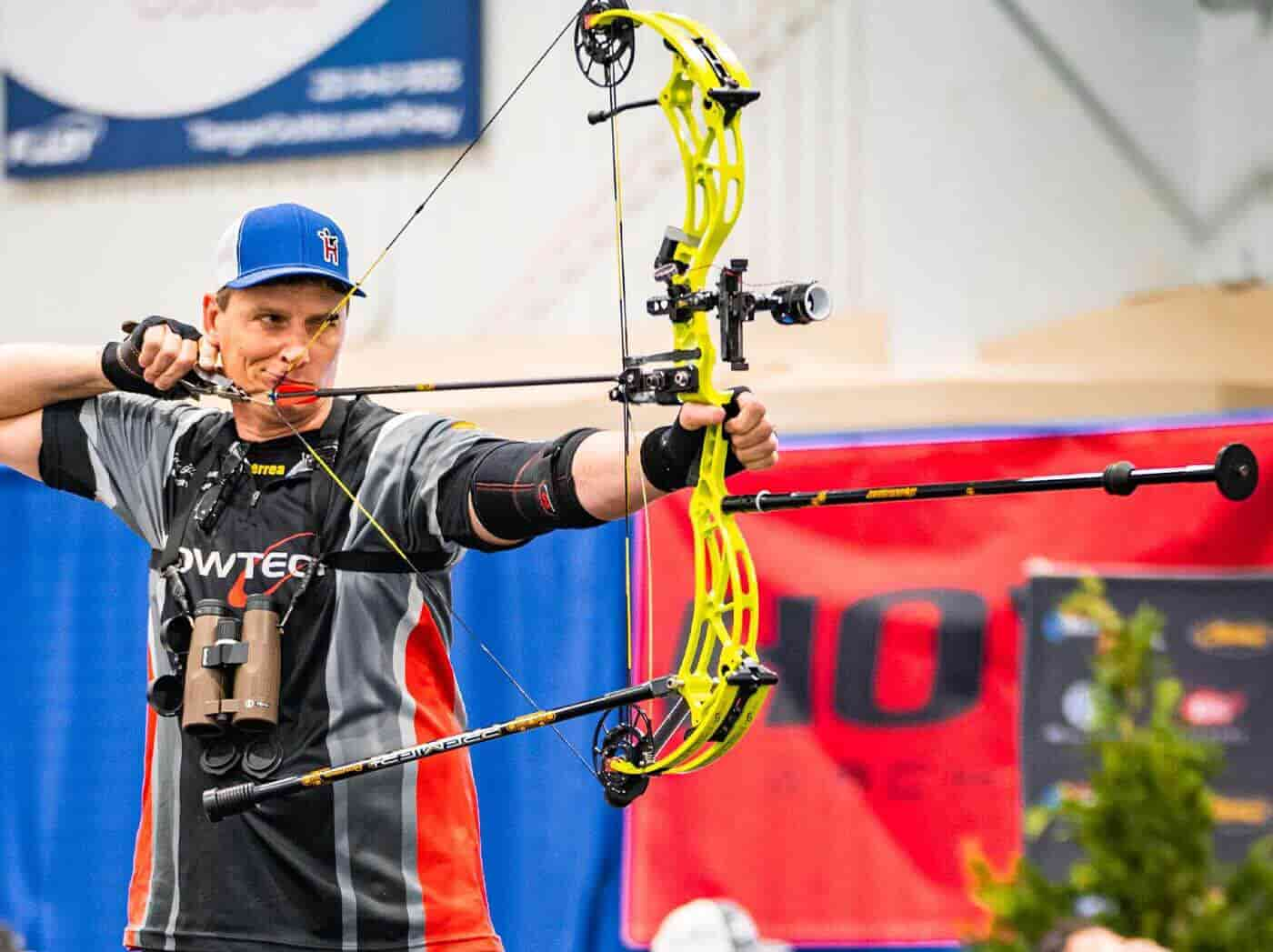Remain Steady: Exploring the Conveniences of Compound Bow Stabilizers
Remain Steady: Exploring the Conveniences of Compound Bow Stabilizers
Blog Article
Maximizing Your Archery Efficiency With the Right Compound Bow Stabilizer: a Detailed Overview
One often-overlooked yet important component in enhancing precision is the substance bow stabilizer. By understanding the subtleties of choose and optimizing a compound bow stabilizer, archers can fine-tune their equipment to elevate their shooting experience to new degrees of proficiency and control.
Significance of Bow Stabilizers in Archery

Additionally, bow stabilizers assist in stabilizing the weight circulation of the bow, which can enhance the archer's stability while aiming and shooting. By adding weight to the front of the bow, stabilizers can lower the amount of torque experienced upon launch, resulting in a smoother and a lot more controlled shot - compound bow stabilizer. This weight circulation additionally assists in holding the bow constant for a longer duration, allowing the archer to intend extra properly
Kinds Of Substance Bow Stabilizers
When taking into consideration the numerous kinds of compound bow stabilizers offered, it is vital to recognize their distinct attributes and functions to figure out the most appropriate choice for taking full advantage of archery efficiency. The most typical kinds of substance bow stabilizers include sidebar stabilizers, front stabilizers, and back stabilizers. Back stabilizers, likewise called rear stabilizers, are installed to the back of the bow and assist in counterbalancing the weight of other devices, resulting in enhanced security and consistent intending.
Factors to Consider When Picking
In examining substance bow stabilizers, comprehending the distinct attributes and functions of each kind is important for making an educated decision on one of the most ideal option to boost archery performance. When selecting a stabilizer, one must take into consideration the weight of the stabilizer itself. While a much heavier stabilizer can supply even more security by lowering the bow's activity, it might likewise trigger fatigue throughout long shooting sessions. Balance is one more critical factor to contemplate. The stabilizer's size and design dramatically affect the bow's equilibrium, influencing the shooter's capability to hold consistent purpose. In addition, the product of the stabilizer can affect its effectiveness. Carbon fiber stabilizers are light-weight and take in vibrations well, enhancing precision. The number and adjustability try here of dampeners on the stabilizer can adjust its efficiency by reducing noise and shock upon launch. By meticulously reviewing these variables, archers can pick a compound bow stabilizer that aligns with their shooting design and maximizes their general efficiency on the archery range.
Installation and Modification Tips
For ideal efficiency and accuracy in archery, grasping the installation and change of your bow stabilizer is vital. Correct installment starts with affixing the stabilizer to the bow's riser, guaranteeing it is securely secured.
When readjusting the stabilizer, begin with tiny incremental adjustments instead than drastic modifications. Pay focus to just how the bow responds to adjustments in stabilizer settings and make changes as necessary. Consistently inspect the stabilizer's tightness and overall condition to guarantee it proceeds to work optimally.
Maintenance and Treatment Standards

It is additionally crucial to keep your bow with the stabilizer in a check here protected and secure place when not in use. Complying with these upkeep and care standards will assist you obtain the most out of your bow stabilizer and boost your total archery performance.
Conclusion
Finally, picking the ideal compound bow stabilizer is vital for optimizing archery performance. Recognizing the value, types, variables to take into consideration, installment and modification suggestions, along with upkeep and treatment standards can considerably influence one's accuracy and uniformity in shooting. By choosing a stabilizer that matches private requirements and preferences, archers can enhance their overall performance and accomplish far better results on the range or in competition.
Bow stabilizers play a vital function in improving an archer's precision and uniformity by minimizing resonances and supporting the bow throughout the launch of an arrow - compound bow stabilizer.Furthermore, bow stabilizers assist in balancing the weight distribution of the bow, which can boost the archer's security while intending and shooting. The most he said usual types of compound bow stabilizers include sidebar stabilizers, front stabilizers, and back stabilizers. Back stabilizers, also called back stabilizers, are placed to the back of the bow and assist in counteracting the weight of other devices, resulting in improved security and steady intending. When choosing a stabilizer, one must take into consideration the weight of the stabilizer itself
Report this page